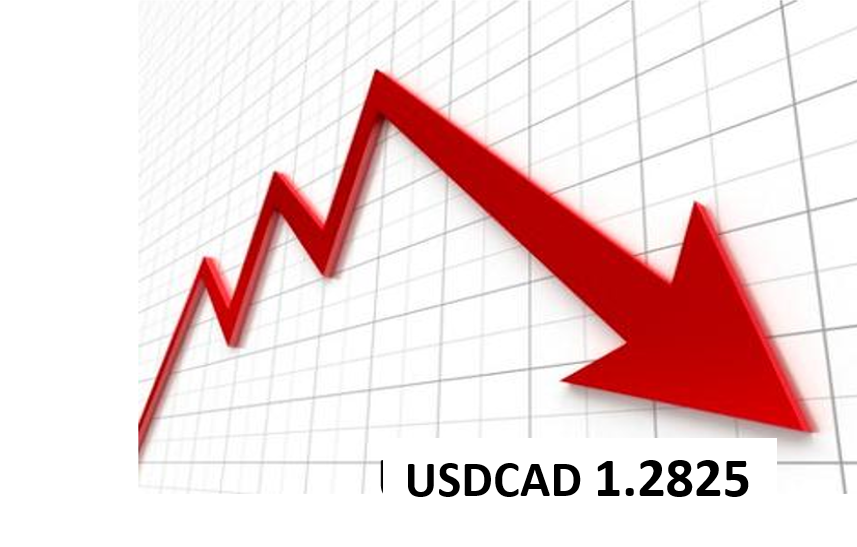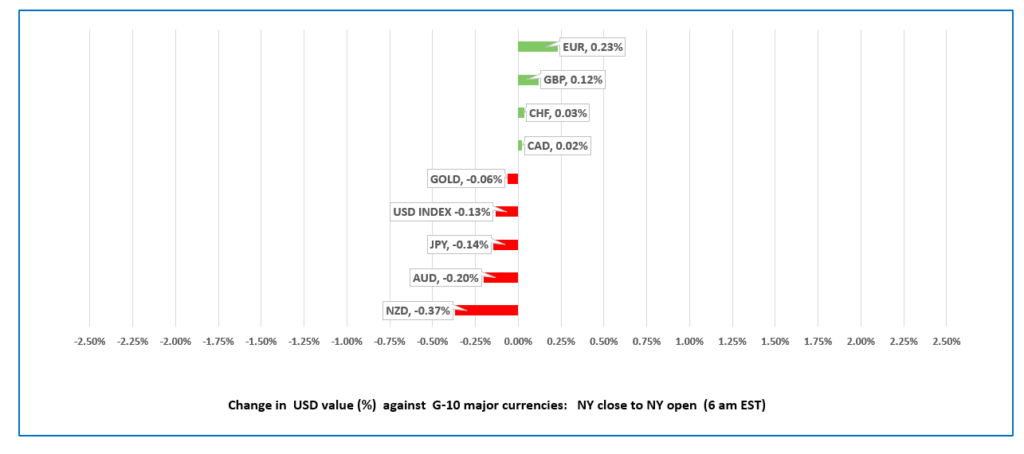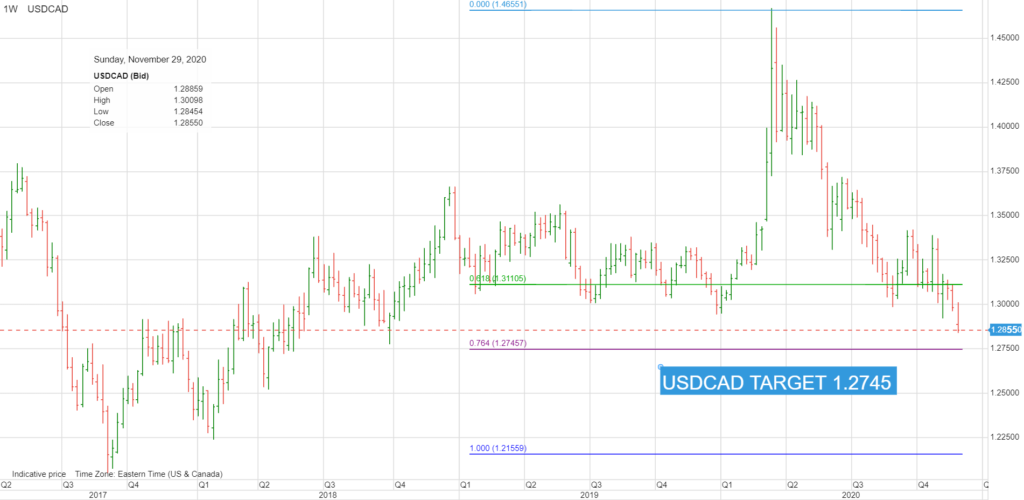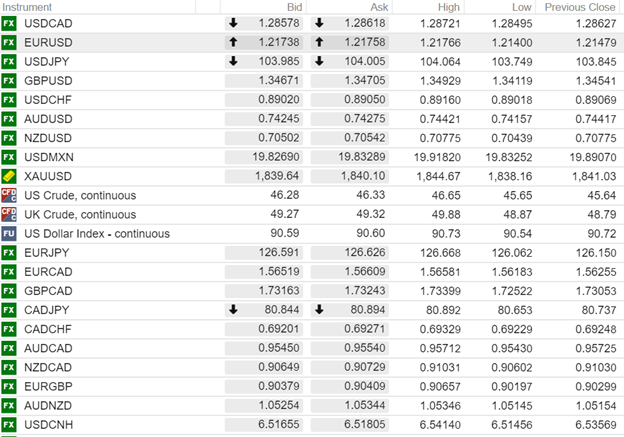
Photo: Wikimedia commons
December 4, 2020
USDCAD open (6:00 am ET) 1.2858-62, Overnight Range 1.2850-1.2872
- US dollar free-falling
- GBPUSD bid on speculation of weekend Brexit deal
- Canada jobs beats forecasts, NFP misses
FX Ranges at a Glance:

Source: IFXA Ltd/RP
FX Recap and Outlook:
The stampede out of US dollars continues. Soon-to-be-delivered COVID-19 vaccines in the UK and US, a small increase in Opec +friends crude production, and talk of a US COVID-19 Relief package, unleashed a wave of demand for the so-called “risk-assets.” Those assets included the Canadian dollar.
USDCAD was 1.3010 in Europe last Friday. Today, it hit 1.2825. The better than expected employment report showed Canada adding 62,000 new jobs, beating the forecast of a 20,000 increase. USDCAD extended this week’s losses. The slide churned through multi-layers of support, with traders ignoring weak domestic data, and a ballooning federal budget deficit. Traders appear to no longer be concerned about damage to the economy from the latest COVID-19 measures. Parts of Ontario, Quebec, Manitoba, and Alberta have imposed restrictions on restaurants, bars, gyms, small stores, with capacity limits for large retailers and places of worship. Traders don’t care. Everything will be rosy when Canadians get the coronavirus vaccine in September 2021.
USDCAD sellers got a little support from news that Opec and “friends” agreed to only raise crude production by 500,000 barrels/day. Traders failed to note that even with WTI trading at $46.27/b, Canada’s chief oil export, Western Canada Select (WCS) trades at a $12.15/b discount.
The IMF October Fiscal Monitor said Canada’s financial position deteriorated the most of any developed market. Chrystia Freeland’s fiscal outlook, released on Monday, suggests additional deterioration.
FX traders do not care. The G-10 major currencies act as one, rising and falling with every shift in US dollar sentiment.
USDCAD Technicals: The intraday USDCAD technicals are bearish below 1.2920 looking for a break below 1.2810 to extend losses to 1.2740. Longer term, Fibonacci retracement analysis of the 2017-2020 range suggests that the breech of 1.3110 (61.8%) on the weekly chart, targets the 76.4% level of 1.2740. For today, USDCAD support is at 1.2810 and 1.2740. Resistance is at 1.2880 and 1.2920. Today’s Range 1.2810-1.2910
Chart: USDCAD weekly

Source: Saxo Bank
US nonfarm payrolls rose 245,000 in October, below the forecast for a increase of 469,000. However average hourly earnings ticked higher and the unemployment rate, at 6.7%, was a tad better than forecast
EURUSD dipped on the NFP news, falling from 1.3170 to 1.3135, but the bias remains positive. Firmer global equity indexes, residual positive sentiment from the coronavirus vaccine news, and rising hopes for an EU/UK trade deal this weekend underpinned the single currency. German factory orders data were better than forecast. The EURUSD technicals are bullish while prices are above 1.1950, looking for a break above 1.2180 to extend gains to 1.2500.
GBPUSD rallied from 1.3412 to 1.3492 as speculation heated up about a weekend Brexit deal. Traders are ignoring contradicting rumours, namely France threatening to veto any agreement if Paris decides, EU Chief Negotiator Michel Barnier is giving up too much ground to the Brits, just to get a deal done.
USDJPY traded narrowly in a 103.75-104.10 band. Japanese Prime Minister Yoshihide Suga said that the government will decide about a new stimulus package next week.
AUDUSD and NZDUSD consolidated recent gains but trade below Thursday’s peak levels. Australia October Retail Sales were modestly lower than expected at 1.4% m/m (forecast 1.6%).
FX open (6:00 am EDT) High, Low, and previous close

Source: Saxo Bank





